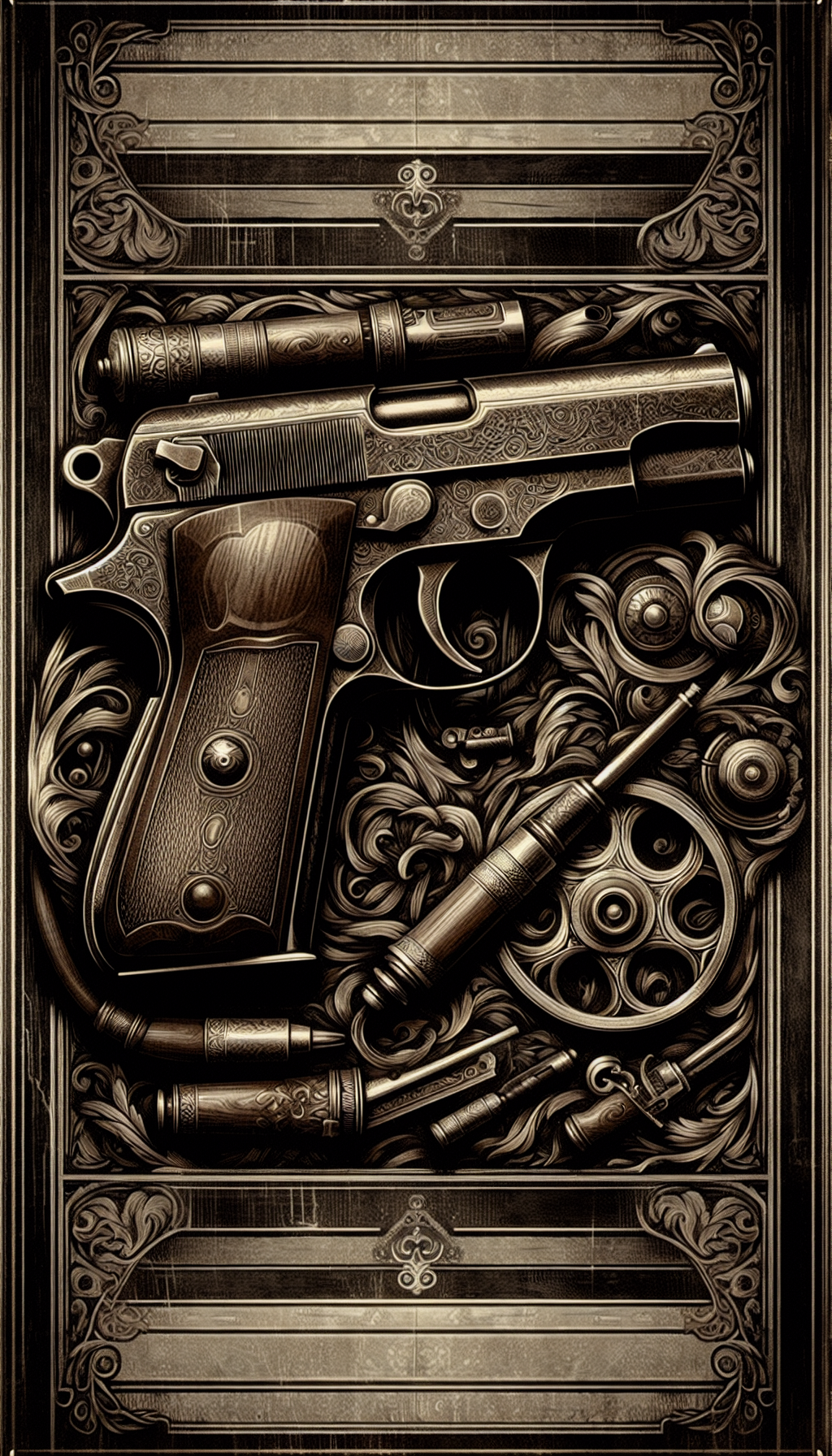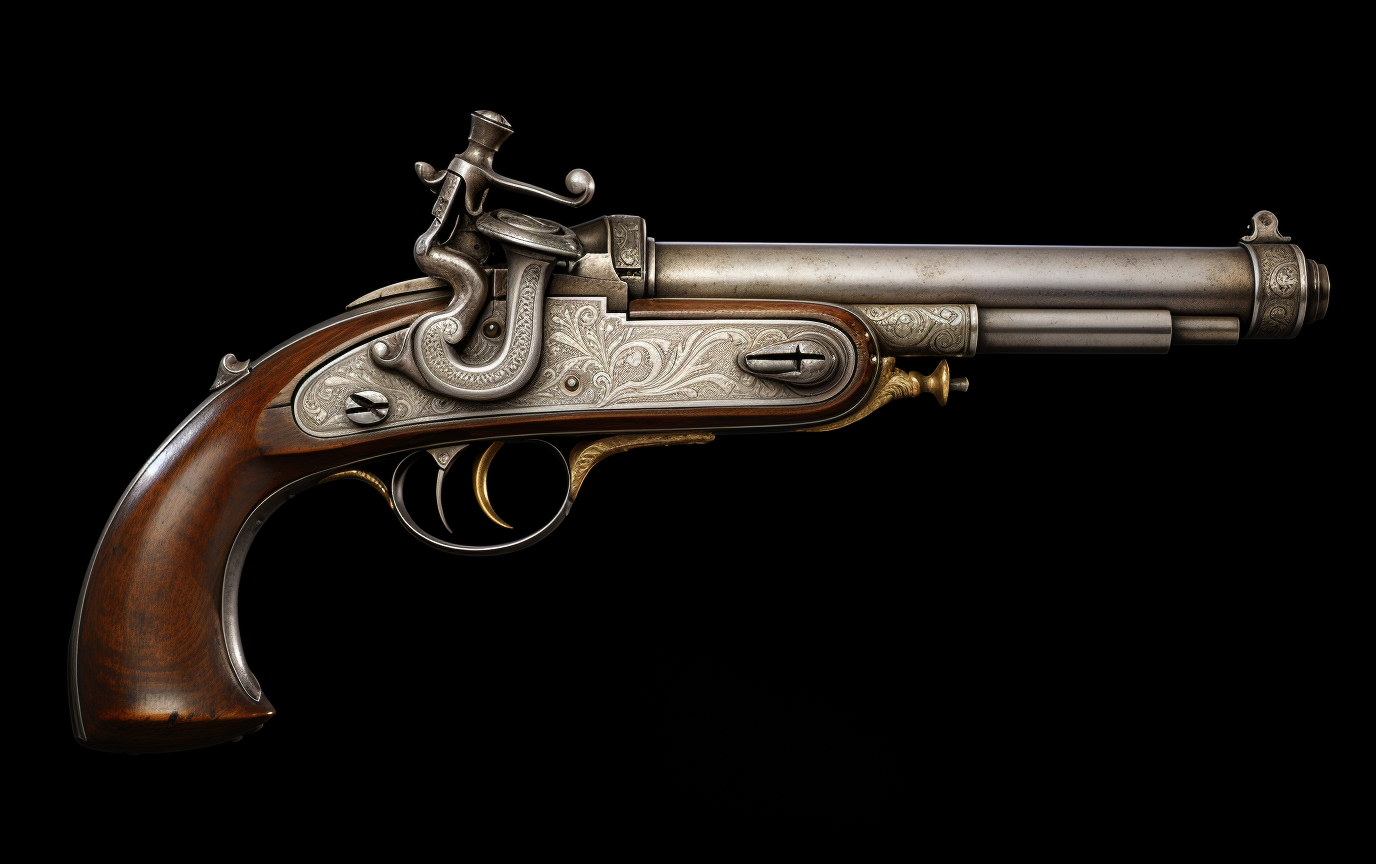Egyptian Helmet And Cuirass Circa Late 19thc
The phrase “Egyptian helmet and cuirass, late 19th century” typically points to two overlapping but distinct categories of objects: European-style ceremonial cavalry equipment adopted by Egypt under Khedival rule, and “Mamluk revival” pieces produced in Cairo’s workshops for parade, court display, or the tourist market. Battlefield-use armor was obsolete by this period; these are best understood as prestige or decorative objects. For the appraiser or collector, careful attention to construction, insignia, and condition is essential to sorting genuine period pieces from later assemblages or fantasy items.
Below is a practical guide to identification, dating, condition assessment, and valuation considerations.
Historical Context: Khedival Egypt and Revival Aesthetics
Military modernization and ceremony: During the reigns of Isma’il Pasha and Tewfik Pasha (1863–1892), Egypt drew heavily on French and, later, British military advisors. While firearms and modern uniforms dominated actual campaigns, ceremonial trappings—particularly for the Khedival Guard and Household Cavalry—retained European heavy cavalry motifs: crested metal helmets, breastplates, and plumes, often with Ottoman star-and-crescent insignia reflecting Egypt’s nominal link to the Sublime Porte.
Revivalism and tourism: Cairo’s metalworkers, especially in and around Khan el-Khalili, produced ornate “Mamluk revival” helmets and cuirasses between roughly 1870 and 1910. These were inspired by earlier Mamluk and Ottoman forms and Indo-Persian models, employing engraved calligraphy and arabesques. Many were intended as decorative souvenirs for Grand Tour visitors or as parade dress rather than as protective equipment.
Anglo-Egyptian period: After the British occupation (from 1882), British uniform elements appear alongside earlier French influences. The presence and style of insignia—star-and-crescent alone versus later royal crowns—can help bracket date ranges.
Key takeaway: By the late 19th century, metal armor in Egypt was symbolic and ceremonial. Authentic pieces exist, but so do near-contemporary tourist versions and later assembled sets.
Typologies and Construction Details
Recognizing the common types helps anchor identification and appraisal.
- Khedival European-style ceremonial cavalry helmet
- Skull: Thin sheet steel, often nickel-plated; sometimes tin-plated or polished steel. Expect 0.6–1.0 mm thickness.
- Comb and crest: Brass comb with applied laurel or palmette motifs; a removable horsehair plume (black or occasionally red) emerging from a front or top socket.
- Trim: Brass edging around the front visor and rear neck-guard; rosettes at ear points to anchor chin scales.
- Chin strap: Leather-backed brass scales terminating in rosettes. Buckle usually plain brass.
- Insignia: A helmet plate or boss featuring the star-and-crescent; occasionally Arabic script devices. Later additions may show a crown motif associated with the Kingdom of Egypt (post-1922), suggesting either later assembly or replacement.
- Liner: Leather sweatband with multiple tongues/laces; sometimes cotton or chamois lining stitched to small tabs in the skull.
- Fasteners: Machine-made rivets or screws, often neatly peened inside. Threaded plume sockets with knurled or slotted collars are common.
- European-style ceremonial cuirass (breastplate and backplate)
- Plates: Two-piece set in low-carbon steel, commonly nickel-plated, with brass trim and dome-head brass rivets. Thickness typically around 0.8–1.2 mm; weight 3–5 kg for the set.
- Shoulder straps: Articulated brass scales or solid brass straps connecting front to back, backed with leather.
- Waist fastening: Leather belt or straps with brass buckles; sometimes interior canvas or felt lining stitched to tabs.
- Ornament: Plain polished finish is typical; occasionally engraved borders or understated arabesques for court dress.
- Mamluk revival/Indo-Persian-inspired parade or tourist pieces
- Helmet form: Kulah-khud type dome, sometimes with a short spike, decorative nasal bar (often fixed or non-functional), and a mail-like aventail (frequently butted rings rather than riveted, indicating decorative intent).
- Decoration: Dense, acid-etched or hand-engraved arabesques, pseudo-Kufic bands, Qur’anic cartouches, and sunbursts. Brass inlay or applied plaques may appear.
- Cuirass: Light gauge iron or steel panels with tinned or lacquered finish, heavy decorative engraving, and sometimes textile-bound edges. Functional ergonomics are secondary to appearance.
- Tell-tales: Symmetrical, repeating patterns that betray acid-etch templates; soft, sand-cast brass fittings; lightweight feel compared with military parade cuirasses.
Important nuance: It is not unusual to encounter a “set” made from a European-style helmet paired with a revival-style cuirass—or vice versa—assembled long after manufacture for display. Matching construction methods, finish, and patina between the two pieces is a strong positive indicator; discordant features raise flags.
Authentication and Dating Cues
Insignia decoding
- Star-and-crescent alone aligns with late Ottoman/Khedival symbolism in Egypt, suitable for the late 19th century.
- Crowns associated with the Kingdom of Egypt indicate post-1922 components or later substitutions.
- Arabic calligraphy that includes dedications or owner’s names can support origin; spelling conventions and calligraphic style can help differentiate 19th-century handwork from modern machine engraving.
Plating and finish
- Nickel plating on steel became common for parade armor in the mid-to-late 19th century. Expect even, bright finish with age-consistent micro-pitting. Differential wear at high-contact points (chin scales, strap anchors, comb base) is normal.
- Tin plating or chemical bluing appears on some workshop products; mismatched finishes across components suggest assembly from parts.
Fasteners and fabrication
- Late 19th-century rivets show crisp, uniform domes; peening inside is tidy but not perfectly symmetrical. Slotted screws are period-correct; Phillips-head screws indicate later repair.
- Brass trim is usually rolled and hand-fitted, with slight irregularities in bend radius; modern reproductions may show perfectly uniform machine bends.
Interior evidence
- Original liners show hand-stitching, vegetable-tanned leather with age darkening, and sizing shims or paper labels. Machine-stitched replacement liners in modern chrome-tanned leather are common restorations.
- Sweat and verdigris patterns should be logically placed: beneath liner contact points, along chin-strap backs, under plume sockets.
Mail and rings (revival types)
- Riveted mail suggests earlier techniques; however, many late 19th-century tourist aventails are butted. Perfectly uniform rings with bright modern wire colors point to later replacements.
Weight and proportion
- Ceremonial cavalry helmets and cuirasses, though not combat-grade, still feel substantial. Exceptionally light examples with thin, flexible plates tend toward tourist or decorative manufacture.
Provenance
- Photographs, regimental documentation, or early sale receipts (late 19th to early 20th century) substantively increase confidence. Beware vague attributions such as “Mameluke armor from Egypt,” used broadly in early 20th-century interiors.
Condition, Conservation, and Common Pitfalls
Typical condition issues
- Plating loss and micro-pitting, particularly at edges and strap points.
- Leather deterioration (dry rot, cracking), missing chin scales, or detached liners.
- Stress fractures at comb rivets or plume sockets from handling.
- Replaced or modern plumes, often dyed horsehair or synthetic.
Cleaning and stabilization
- Avoid aggressive polishing that erases original nickel or softens crisp engraving. Use a mild, non-abrasive metal cleaner sparingly and follow with a microcrystalline wax to inhibit oxidation.
- For leather, apply a minimal amount of a high-quality, pH-appropriate dressing only if leather is dry; over-conditioning can cause dark staining.
- Stabilize loose rivets with reversible methods; avoid epoxy unless performed by a conservator.
- Storage: Relative humidity around 40–55%, stable temperature, padded stands that distribute weight, and barriers between metal and reactive woods. Keep plumes away from direct light to prevent fade.
Red flags and pitfalls
- Mixed insignia (e.g., Ottoman star-and-crescent on helmet, royal crown on cuirass) without persuasive evidence of period updates.
- Cast brass ornaments showing visible seam lines or pitting; genuine fittings are typically sharply struck or well-rolled.
- Identical, repeating etched motifs suggesting template acid-etching on otherwise “hand-engraved” surfaces.
- Freshly polished interiors that mask replaced fasteners or new liners.
- Perfectly matched “sets” with no age coherence—e.g., mint helmet paired with heavily worn cuirass—unless provenance explains the disparity.
Market and Valuation Factors
Market values vary widely based on type, completeness, and documentation. The following ranges are general observations for late 19th- to early 20th-century material and should be treated as indicative, not definitive:
- Khedival European-style ceremonial cavalry helmet (with original liner, chin scales, and plume): commonly mid four figures; exceptional examples with documented unit association can reach higher.
- Matching European-style cuirass and helmet sets: higher four figures; rare, fully documented pairs with consistent finish, untouched liners, and period photos can exceed that range.
- Mamluk revival decorative helmets and cuirasses (tourist-grade, but 19th-century workshop products): typically low to mid four figures depending on engraving quality, condition, and completeness (presence of aventail, matching cuirass).
- Composite sets (mismatched helmet and cuirass): usually discounted relative to the sum of individual parts, unless historical pairing is demonstrated.
- Restored items: tasteful, reversible conservation is acceptable; heavy replating, replaced fittings with modern hardware, or fantasy re-engraving depress values.
Strong premium drivers:
- Verified Khedival or Egyptian Guard provenance.
- Original plumes, intact liners, and straps with period buckles.
- Consistent patina and finish across helmet and cuirass indicating original pairing.
- Fine hand-engraving on revival pieces, with coherent inscriptions.
Detractors:
- Later crowns or emblems grafted onto earlier bases.
- Overpolishing, aggressive cleaning, or full replating.
- Phillips screws, modern washers, and synthetic liners.
- Butted mail that is obviously new, bright, and uniform.
Strategy for sellers and buyers:
- Document everything: measurements, weights, close-up photos of fasteners, liner stitching, and insignia. Note any replaced parts explicitly.
- If possible, obtain period photographs or archival references to Egyptian ceremonial units that wore such equipment; even a plausible link to a Cairo workshop or military outfitter strengthens the narrative.
- For revival pieces, emphasize craftsmanship and aesthetic quality rather than battlefield associations.
Practical Checklist: Late 19thc Egyptian Helmet and Cuirass
- Verify type:
- European-style ceremonial vs. Mamluk revival decorative.
- Insignia:
- Star-and-crescent appropriate for late 19th c; beware later crowns on earlier forms.
- Construction:
- Nickel/tin plating on steel; brass trim and comb; leather-lined interior; slotted screws, not Phillips.
- Patina consistency:
- Do helmet and cuirass share finish, wear, and rivet style?
- Liner and straps:
- Period leather with hand-stitching; check for modern replacements.
- Plume and socket:
- Threaded socket shows age; plume material plausibly horsehair, with period fade.
- Engraving:
- Hand-engraved irregularities > repeated machine-etched motifs.
- Mail (if present):
- Riveted or early butted rings with age, not bright modern wire.
- Measure and weigh:
- Record dimensions, plate thickness cues, and overall weight; note outliers.
- Condition and conservation:
- Stabilize, don’t over-polish; document any interventions.
FAQ
Q: Did Egyptian troops wear metal armor in combat in the late 19th century? A: No. By this period, armor was ceremonial or decorative. Active units in Egypt and Sudan campaigns wore cloth uniforms and used modern firearms. Metal helmets and cuirasses were for parade, guard duty, or display.
Q: How can I tell if a helmet and cuirass were originally a pair? A: Look for matching finishes (same hue and wear in nickel or tin plating), consistent rivet styles and spacing, similar brass alloy color, and congruent patina inside and out. Liner materials and stitching methods should align. Discordant insignia or markedly different aging patterns suggest assembly from separate sources.
Q: Are Mamluk revival pieces “fakes”? A: No—many are authentic late 19th-century workshop products made for parade or the tourist trade. They are legitimate antiques, but not battlefield armor. Value hinges on craftsmanship, originality, and condition, not military use.
Q: What conservation steps are safe at home? A: Dry dusting, minimal non-abrasive metal cleaning, and microcrystalline wax are generally safe. Keep humidity stable (around 40–55%), support items on padded mounts, and avoid direct sunlight on plumes. Complex repairs or any replating should be left to a conservator.
Q: Which insignia help date Egyptian helmets? A: Ottoman-style star-and-crescent aligns with the Khedival era and late 19th century. Crowns associated with the Kingdom of Egypt suggest post-1922 components or later updates. Treat mixed insignia with caution unless well documented.
By applying the typology and construction cues above—and by documenting condition and provenance carefully—you can build a confident appraisal narrative for Egyptian helmets and cuirasses from the late 19th century, whether they are Khedival ceremonial pieces or richly decorative revival works from Cairo’s workshops.



